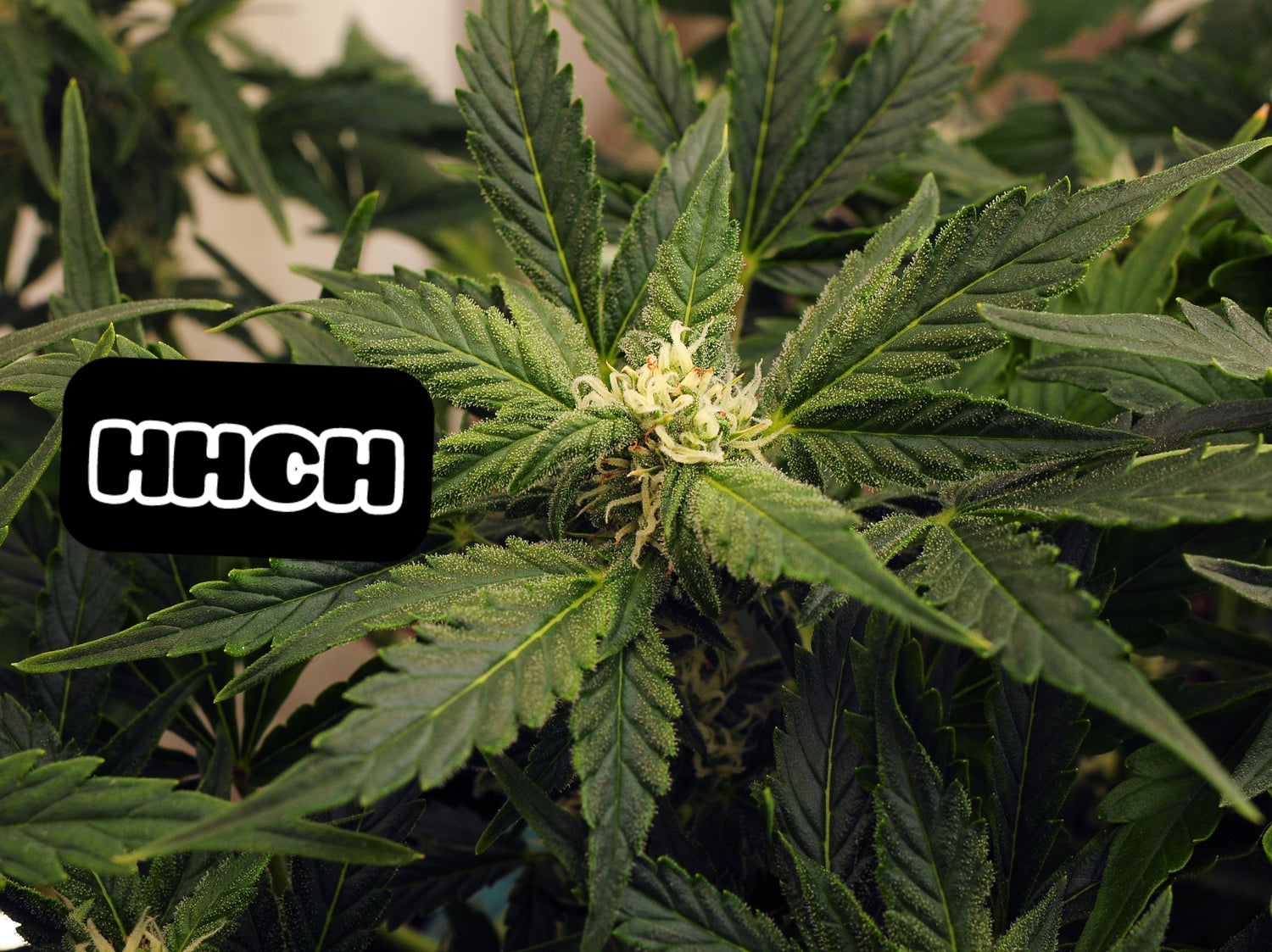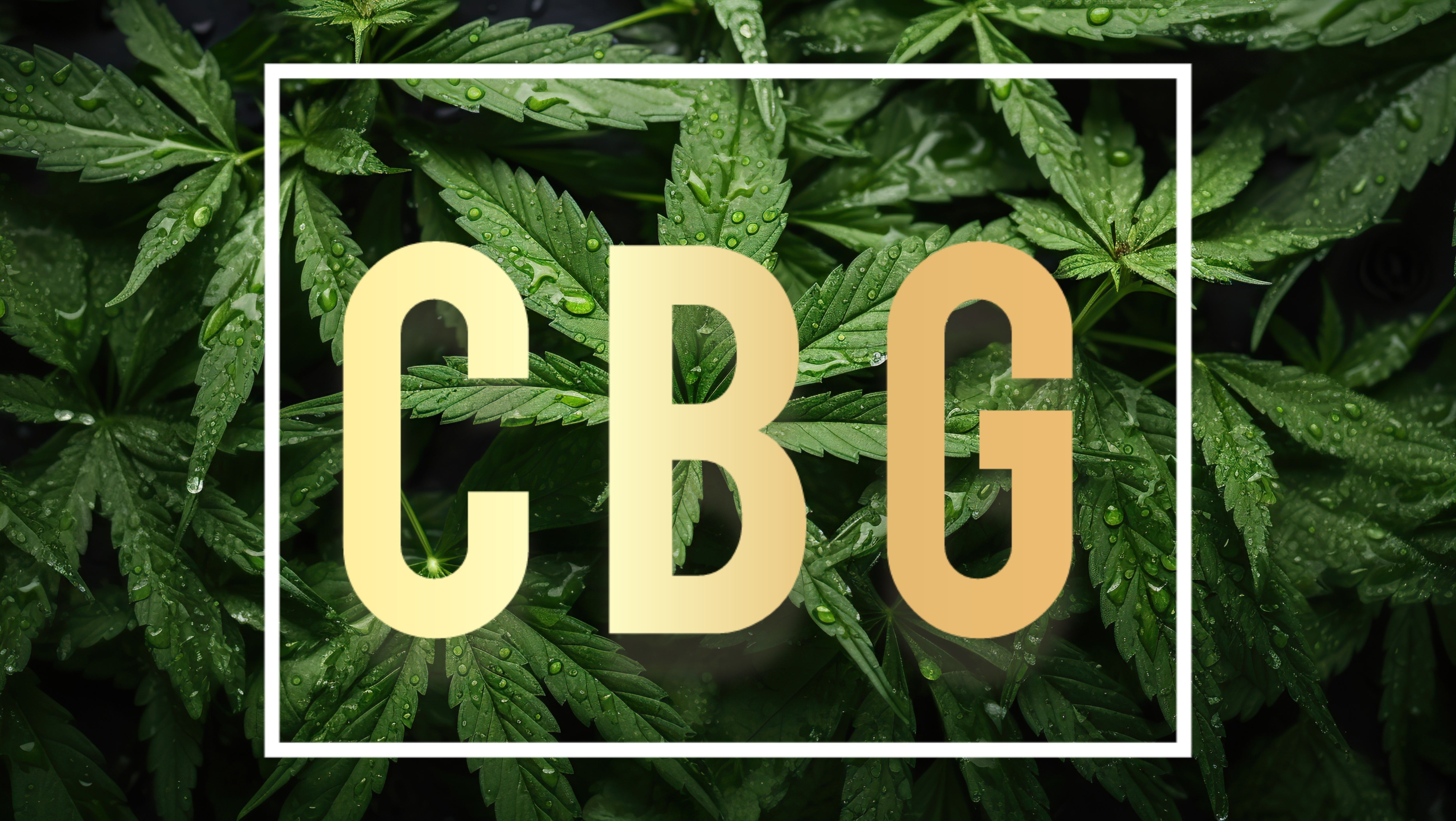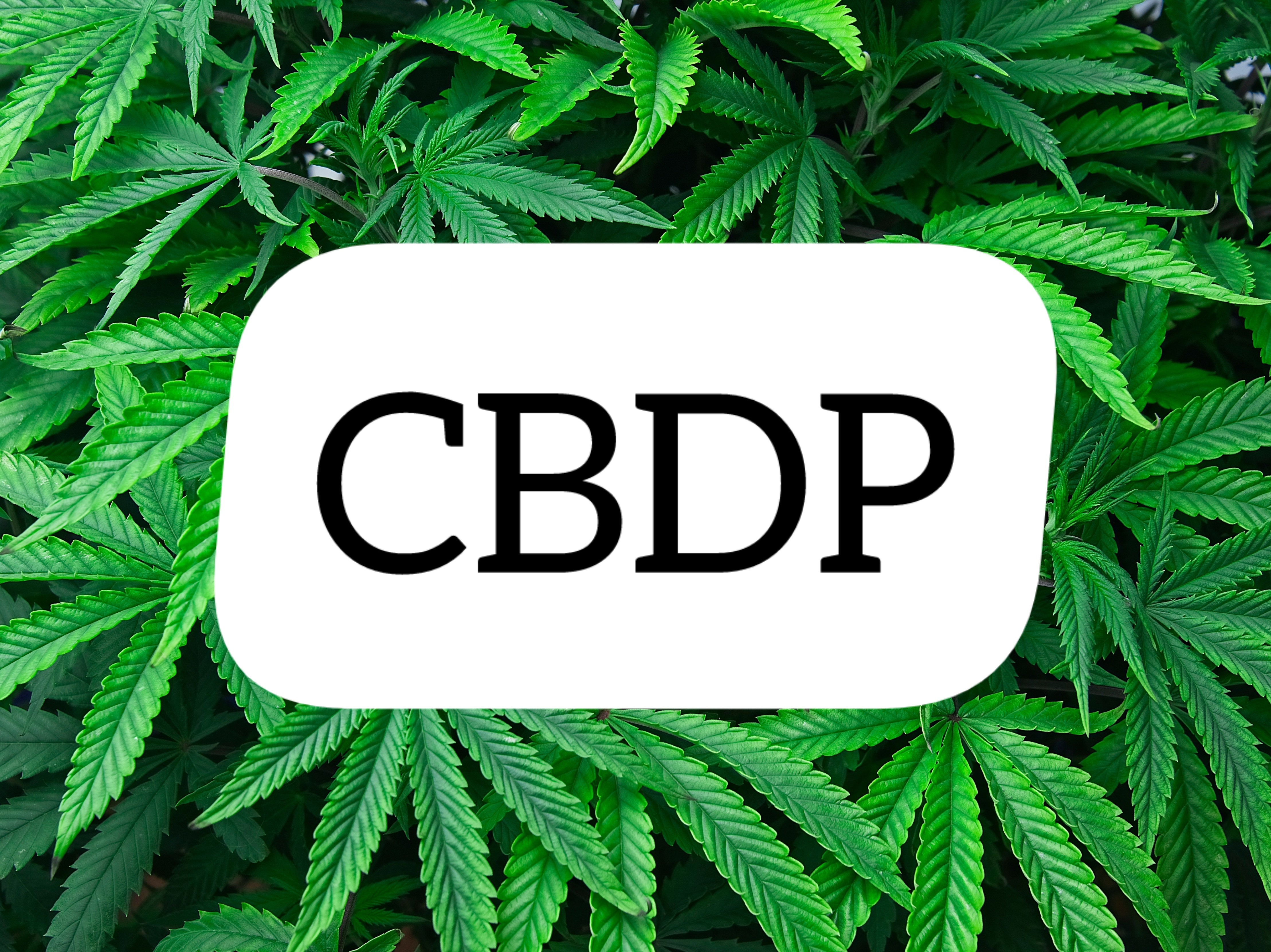What is HHCH and what is its origin?
Hexahydrokannabiheksol , abbreviated as HHCH , is a semi-synthetic cannabinoid derivative. Unlike many other minor cannabinoids such as HHC, THCB, THCP, THCH or THCJD, which are also produced (semi)synthetically, HHCH is not found in cannabis plants even in trace amounts.
HHCH is a dense, high-viscosity oil. It is produced by the hydrogenation of tetrahydrocannabinolhexol ( THCH ) distillate, transforming it into HHCH . When gently heated, it becomes more malleable, and oxidation causes color changes that do not affect its potency or chemical properties.
Its molecular formula is C22H34O2 . As a hydrogenation product, HHCH comprises two distinct stereoisomers: 9(R)-HHCH and 9(S) -HHCH molecules, similar to those found in HHC and H4CBD . The 9(R) isomer binds very efficiently to CB1 receptors in the endocannabinoid system (ECS), producing a psychoactive effect, while the 9(S) isomer is considered inactive, as shown in a 2023 study on HHC .
Contrary to popular belief, HHCH is not a newly discovered compound. It was first synthesized in 1942 by American chemist Roger Adams , who found that HHCH was more potent than its pentyl and heptyl counterparts, or the unsaturated analogue of THC.
Effects of HHCH
Roger Adams' research has indicated that HHCH is a potent substance, suggesting that it has a significant psychoactive effect on the body. Some sources claim it is approximately 10 to 15 times more potent than THC and slightly more effective than THCH, although this information still requires scientific validation.
The psychoactive effects of HHCH are broadly comparable to those of THC. Compared to HHCP , HHCH is slightly less potent but longer lasting, with effects lasting from 2 to 8 hours .
The effects of cannabinoids are primarily determined by their interaction with the ECS. HHCH, like other cannabinoids, interacts with this system. Early evidence suggests that it binds most effectively to CB1 receptors, located in the central nervous system and brain, and also interacts with CB2 receptors, found in the immune system, digestive tract, and other organs.
As a hydrogenated compound, the composition of the product (the ratio of 9(R) -HHCH to 9(S)-HHCH molecules) influences its effectiveness. A product dominated by the 9(R) -HHCH isomer will be more effective, although a 1:1 ratio is also common.
Like other psychoactive cannabinoids, HHCH can alter perception, induce feelings of euphoria or relaxation, and relieve symptoms of pain and inflammation.
HHCH in France & Belgium
(Semi)synthetic cannabinoids , such as HHCH , can be much more potent than their natural counterparts, increasing the potential risk of intoxication and overdose. This can lead to negative effects, such as paranoia, anxiety, panic attacks, and hallucinations.
Other possible side effects
- Increased heart rate
- Fatigue and drowsiness
- Dry mouth
- Redness of the eyes
- Headaches
- Nausea (vomiting)
It is also possible that other, as yet unidentified, side effects may occur.
Safety and purity issues
Experts warn of the potential dangers associated with (semi)synthetic cannabinoids, as it is often difficult to ensure the purity and safety of products. As a result, unknown substances, such as solvent residues, unnatural isomers, and other unidentified compounds, may be present in synthetic products, making them potentially unsafe for human consumption.
For any cannabis-derived product you purchase, it is essential to request a lab analysis, read the ingredients carefully, and choose reputable, transparent, and experienced cannabis companies.
Independent lab reports provide objective data on product purity, regulatory compliance (such as THC limits), and other safety aspects. Ensure the product is free of unwanted substances, fillers, and toxins.
Conclusion: Legality and available HHCH products
Hexahydrokannabiheksol is a semi-synthetic cannabinoid derivative produced by hydrogenation of THCH distillate. It is currently considered legal in Belgium and France, which has excluded cannabis containing up to 0.2% THC from the list of controlled substances, thus legalizing all cannabis derivatives. However, in some countries, HHCH may fall into a legal gray area due to its psychoactive properties, and may be subject to restrictions or bans.
Products available on the market
Products containing HHCH are composed of the two stereoisomers 9(R)-HHCH and 9(S)-HHCH, and the ratio of these molecules influences the product's potency and effectiveness. The cannabis derivative market includes HHCH vape pens, cartridges, and interchangeable vaporizer liquids, as well as flower, hash, oils, and tinctures.
Recommendations for users
HHCH -based products are recommended for experienced users only. Before purchasing, it is crucial to consider all potential risks. Currently, no scientific studies have evaluated the safety of this compound.
It is important to remember that these types of compounds can be much more potent than natural cannabinoids, increasing the potential risk of overdose and intoxication.
Tips for responsible consumption
- Always request a laboratory analysis to verify the purity of the product.
- Read the ingredients carefully to make sure it does not contain any unwanted substances.
- Choose trusted, well-established companies that test their products in independent laboratories.
- Use products responsibly and in moderation.
HHCH , while promising in terms of potential effects, requires a cautious approach due to its potency and the risks associated with its consumption. Thorough product knowledge, rigorous testing, and responsible consumption are essential to minimize risks and maximize the potential benefits of this semi-synthetic cannabinoid.





Leave a comment
All comments are moderated before being published.
This site is protected by hCaptcha and the hCaptcha Privacy Policy and Terms of Service apply.